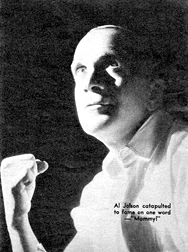Actress, singer and dancer Ruby Keeler was born Ethel Ruby Keeler 107 years ago in Dartmouth, Nova Scotia. Here are 10 RK Did-You-Knows:
- Her father was a truck driver who moved his wife and six kids to New York City when Ruby was three years old in search of better pay.
- Ruby’s family couldn’t afford dance classes for the aspiring hoofer, but she took occasional lessons at the parochial school she attended.
- When she was 13, Keeler lied about her age (the law required chorus girls be at least 16) and attended a cattle call audition for a Broadway producer. She was hired for the chorus in George M. Cohan‘s The Rise of Rosie O’Reilly (1923). A year later, she was working in the chorus at a Tex Guinan speakeasy called El Fay.
- After appearing in a few more Broadway shows, Keeler married Al Jolson and moved west to Hollywood with him. Though the marriage lasted eleven years, it was not a happy one and Keeler was hesitant to discuss it in later years. When a biopic was made about Jolson’s life in 1946, Keeler refused permission to use her name in the movie.
- Her first credited movie role was in 42nd Street (1933), in which she played a young Broadway chorus girl who gets her big break with the star of the show breaks a leg (literally).
- Keeler’s greatest success in pictures came in a string of Busby Berkeley musicals in which she starred opposite boyish crooner Dick Powell.
- Keeler retired from show business in the 1940s, but made a triumphant return to the Broadway stage in 1971 in a revival of the play No, No, Nanette. The production ran for 861 performances.
- Keeler was one of several Canadian actresses who were stars in Hollywood in the 1920s and 1930s, including Mary Pickford, Marie Dressler and Norma Shearer.
- Keeler’s movie career was brief; she starred in just eleven feature-length motion pictures from 1933 to 1941. She later made the occasional cameo appearance in movies and on television, but these were few and far between.
- Keeler’s nephew was Ken Weatherwax, who played Pugsley on the 1960s sitcom The Addams Family.
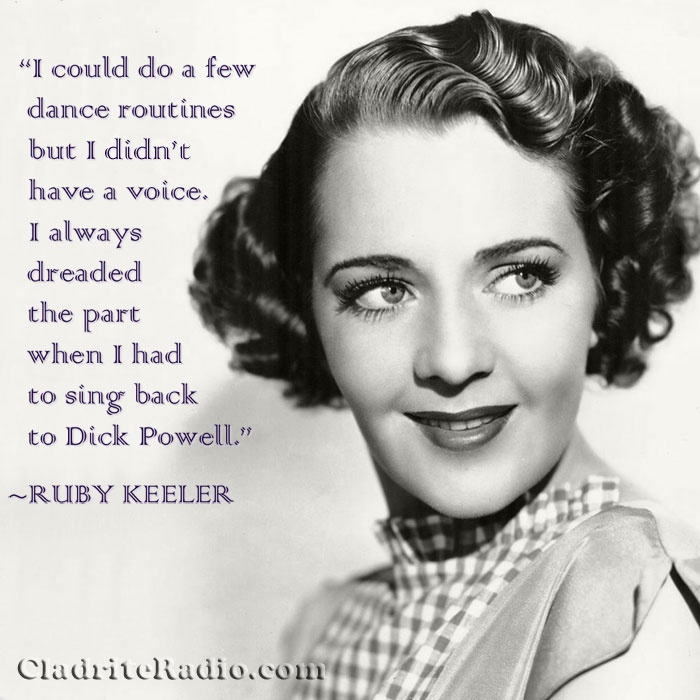

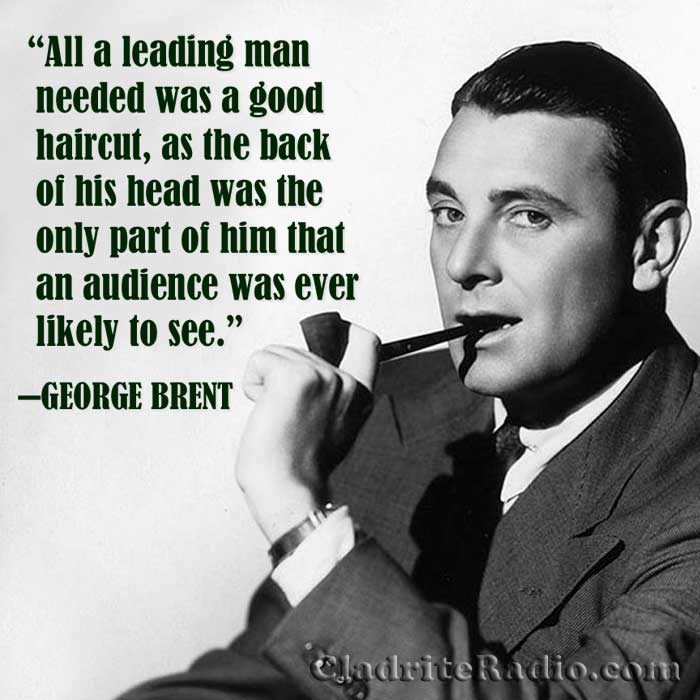
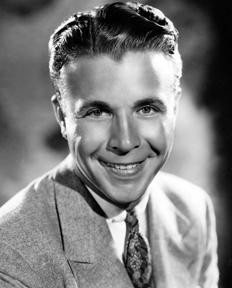
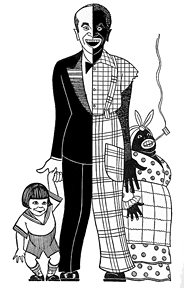

 “MAM-MY! Mam-my!” boomed the great, heart-to-heart voice of Al Jolson, and the whole world shouted, “Here I is!”
“MAM-MY! Mam-my!” boomed the great, heart-to-heart voice of Al Jolson, and the whole world shouted, “Here I is!”